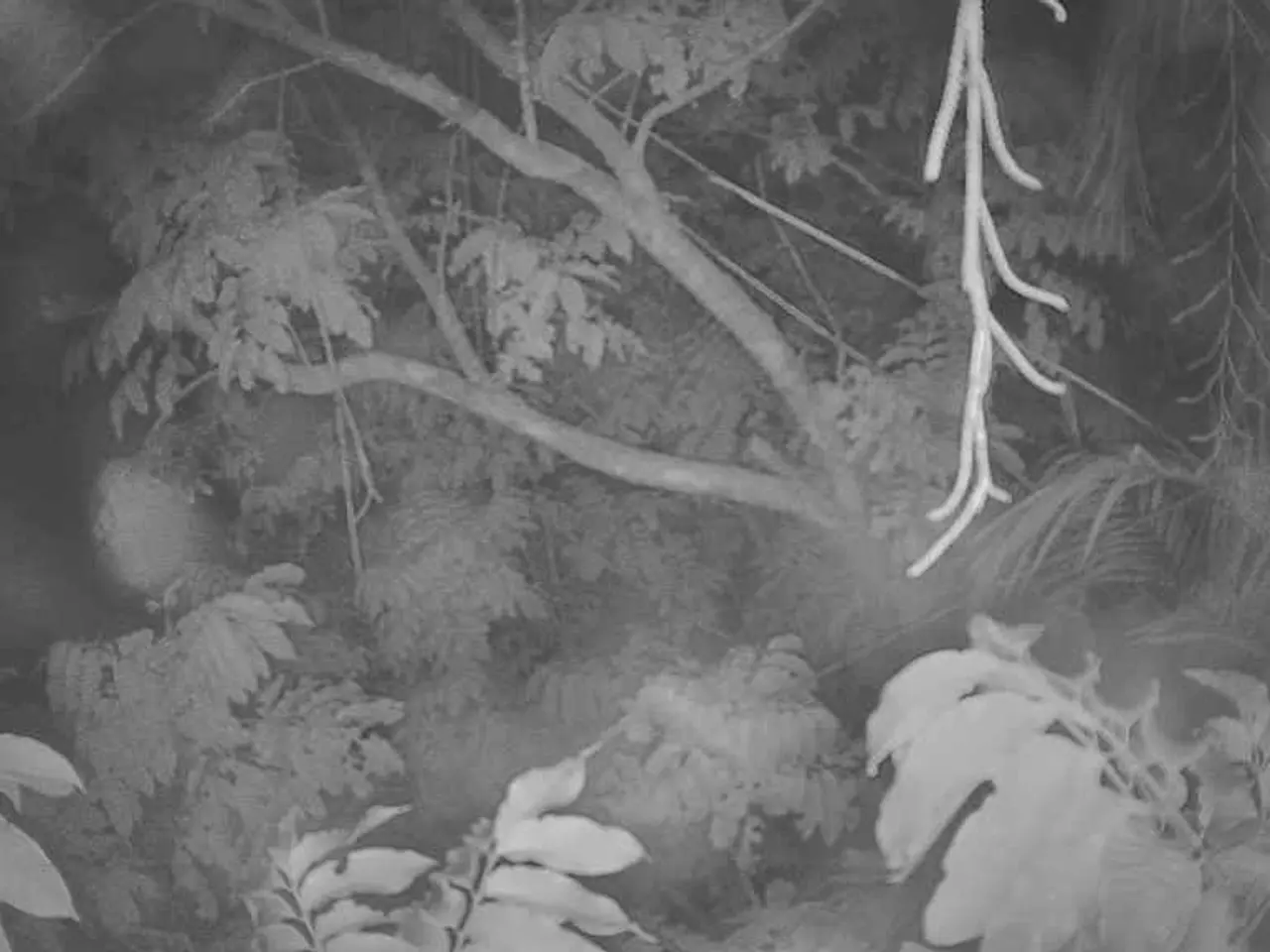Shaping Bonsai Tree Trunk by Pruning Roots from Base Level
Root pruning plays a crucial role in shaping and thickening the trunk of bonsai trees, leading to a more robust and balanced appearance.
Balancing Root and Nutrient Uptake
The process of water and nutrient uptake in bonsai is intricately linked with root function, significantly influencing trunk development. By maintaining a balanced nutrient distribution, bonsai enthusiasts can ensure healthy root growth and, consequently, optimal trunk development.
Species-Specific Growth Habits and Cycles
Understanding the growth habits and cycles of the bonsai species is essential in determining the ideal timing for root pruning. Outdoor bonsai require root pruning adapted to seasonal climate fluctuations, while indoor bonsai necessitate precise control over moisture and temperature, influencing root pruning strategies to guarantee ideal trunk taper development and overall tree health.
Timing is Key
Effective timing of root pruning is critical to achieving long-term trunk taper success. By capitalizing on the tree's natural growth cycles and maximizing the impact of pruning efforts, enthusiasts can foster thicker, more robust trunks.
Stimulating Fine Root Growth
Fine root stimulation encourages the growth of a dense network of fine roots close to the trunk base, which serves as a catalyst for taper development and overall bonsai refinement. This improved root system provides a stable base, supports better nutrient and water uptake, and facilitates healthier trunk thickening over time.
Redirecting Growth Energy
Pruning roots removes large, vertically growing roots and encourages the growth of finer, horizontal roots near the surface, promoting a stronger root flare (nebari). This improved nebari provides a stable base and supports better nutrient and water uptake, facilitating healthier trunk thickening. Additionally, pruning roots restricts overall root volume momentarily, forcing the tree to allocate more resources above ground, especially to the trunk and branches. This can be used strategically to thicken the trunk by concentrating growth energy there.
Repeated Root Pruning
Each time the tree is repotted and root-pruned, the redirection of the root system stimulates trunk thickening because the tree reallocates its energy, often boosting girth and surface root expansion. Repeated root pruning during repotting enhances these effects, progressively developing trunk girth and stability.
Maintaining Healthy Root Systems
Regular root inspections are vital for ideal bonsai development. Inspections at repotting time, typically every 2-5 years, and quarterly checks for young or rapidly growing trees are essential to identify pruning opportunities and maintain healthy root systems. Adopting a nuanced approach to root pruning involves carefully selecting which roots to remove and which to preserve, fostering an environment that supports healthy trunk growth.
Monitoring and Adjusting
Monitoring the bonsai's response to root pruning is crucial, allowing enthusiasts to refine their approach and make targeted adjustments to optimize trunk taper development. Optimizing root absorption requires careful balance of water and nutrient uptake, recognizing that a well-functioning root system is essential for promoting healthy trunk growth and achieving desirable taper.
A Balanced Approach
A balanced approach prioritizing the bonsai's overall health guarantees that pruning benefits outweigh any temporary setbacks, ultimately fostering a thriving, fruitful, and flowering miniature tree that serves as a tribute to its caretaker's dedication. When acquiring a new bonsai tree, it's generally advisable to avoid root pruning initially, allowing the tree to establish itself and recover from potential transplant shock before introducing any root manipulation.
Continuous Learning and Improvement
Regularly evaluating the bonsai's response to root pruning enables practitioners to identify areas where their techniques may need refinement, ensuring that the bonsai receives the precise care it requires to thrive. Strategic root pruning can redirect the tree's energy towards fine root development, fostering a stronger, more balanced foundation that supports ideal taper growth. Enhanced taper development due to fine root stimulation creates a more gradual and natural-looking taper, adding to the tree's visual appeal. Increased water and nutrient uptake due to fine root development leads to healthier and more resilient trees.
- Balancing fine root growth with the development of the trunk base results in a more robust and well-refined bonsai.
- Caring for indoor bonsais requires careful control over moisture and temperature when pruning roots to achieve ideal taper development.
- Redirecting the growth of roots through pruning stimulates trunk thickening by forcing the tree to allocate more resources above ground.
- Repeated root pruning during repotting encourages girth and surface root expansion, enhancing the tree's overall stability.
- By maintaining healthy root systems through regular inspections and targeted pruning, bonsai enthusiasts can achieve desired taper and promote the overall health of their miniature trees.




